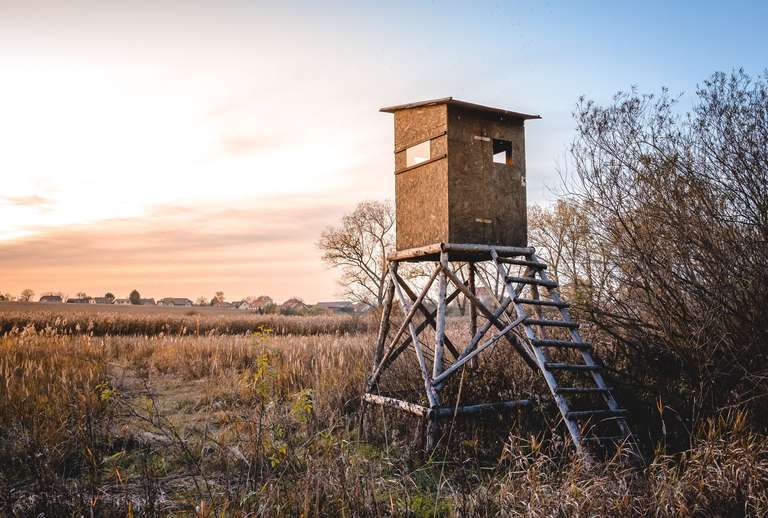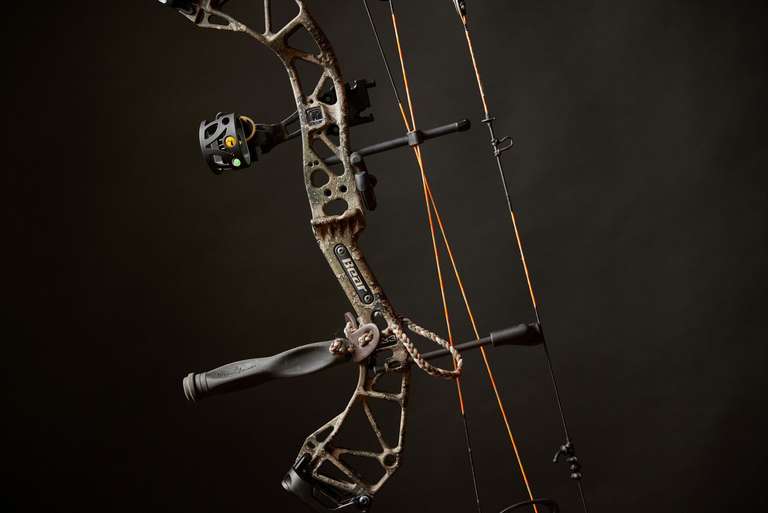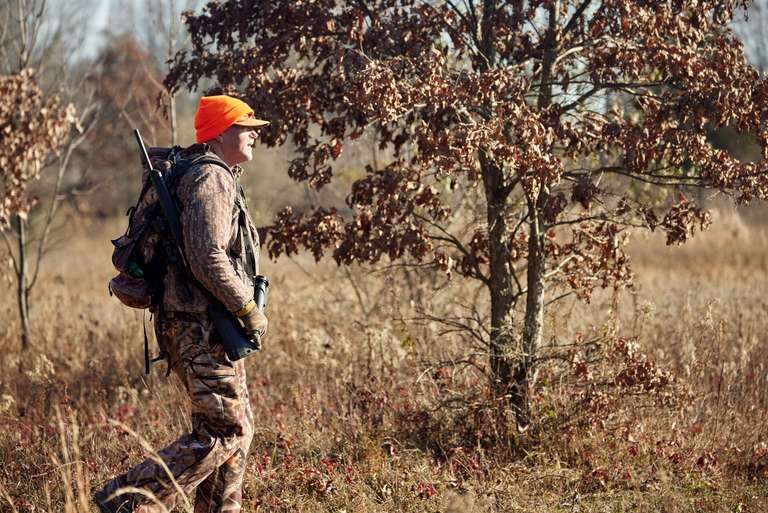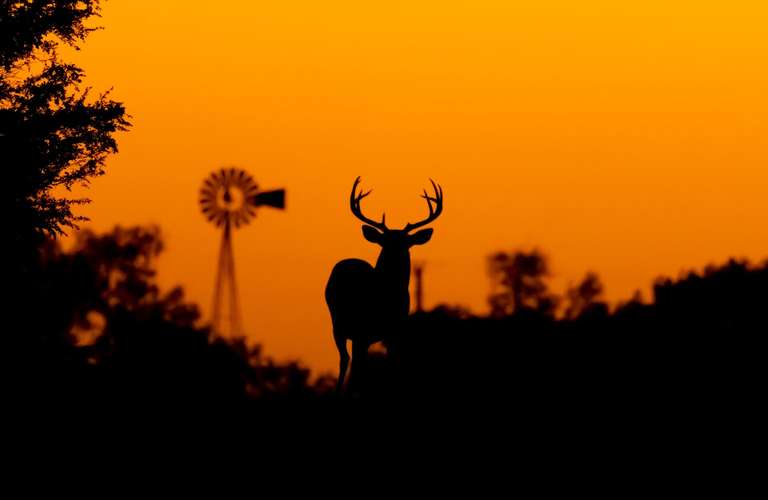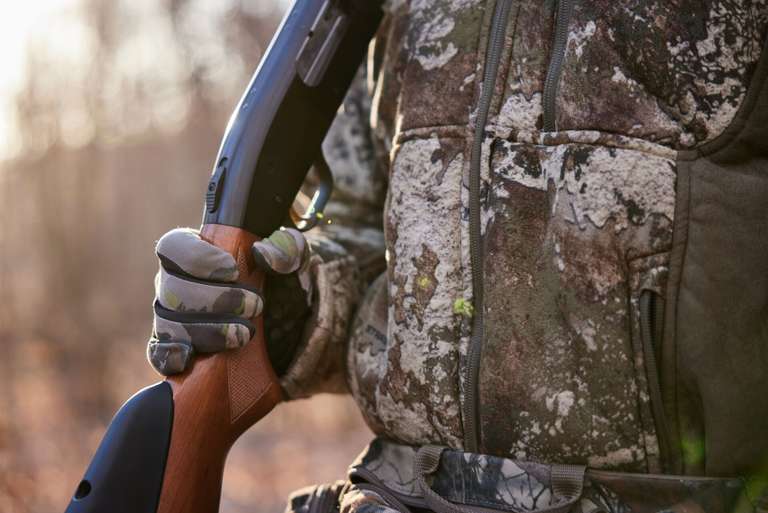Elevated Hunting: How to Stay Safe in Tree Stands

There's nothing quite like the thrill of hunting from a tree stand. The elevated vantage point and ability to stay hidden for hours make tree stands a favorite for bear and whitetail hunters.
However, gravity always has a say when using an elevated stand, so you should learn the necessary safety skills to minimize fall risks. Keep reading for an overview of how to stay safe in tree stands.
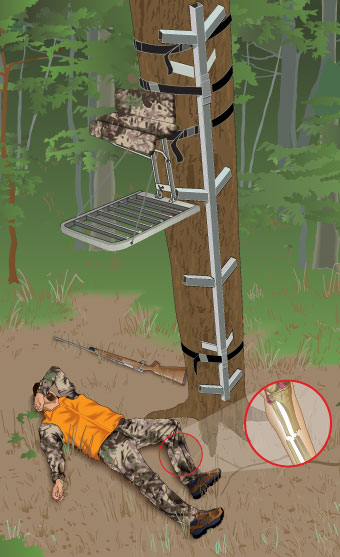
Understanding the Risks of Tree Stand Hunting
According to the International Hunters Education Association, nearly 500 hunters are killed annually in tree stand accidents, with another 6,000 sustaining injuries from falls from elevated hunting stands. Common injuries include broken bones, dislocations, and concussions.
Given the high risks of hunting from tree stands, it's essential to understand the most common hazards and to follow proper safety practices to ensure your hunts are successful and that you return home safely.
Choosing the Right Tree Stand
Let's take a look at the three main types of tree stands used by hunters:
Ladder Stands
A ladder stand is ideal for new hunters trying elevated hunting.
It consists of a seat and platform connected to a tree. A ladder is connected to the platform for access.
Ladder stands are heavy and are typically left up for an entire season or multiple years. They typically offer hunters more room, comfort, and safety than other stand types.
Climbing Stands
These stands are preferred by more experienced hunters for portability and the ability to easily adjust the stand's position around a tree. However, climbing stands require practice to use safely.
This type of stand requires you to vertically "crawl" up and down the tree by moving one section of the stand with your hands and the other with your feet.
Hang-On Stands
The lightest of the tree stands, the hang-on stand is attached to a tree with chains or nylon webbing. To access the platform, you need separate climbing aids, like climbing sticks or screw-in steps. These also require practice to use safely.
Based on your skill level and experience, select a stand that best matches your hunting preferences and prioritizes safety. Frequently inspect your tree stand for damage or wear. Always immediately replace broken or suspicious parts.
Pay extra attention to common failure points like straps, cables, chains, and welds.
No matter which stand you choose, always wear a safety harness. We recommend using a tree stand and safety harness that meet the current Treestand Manufacturer's Association standards.
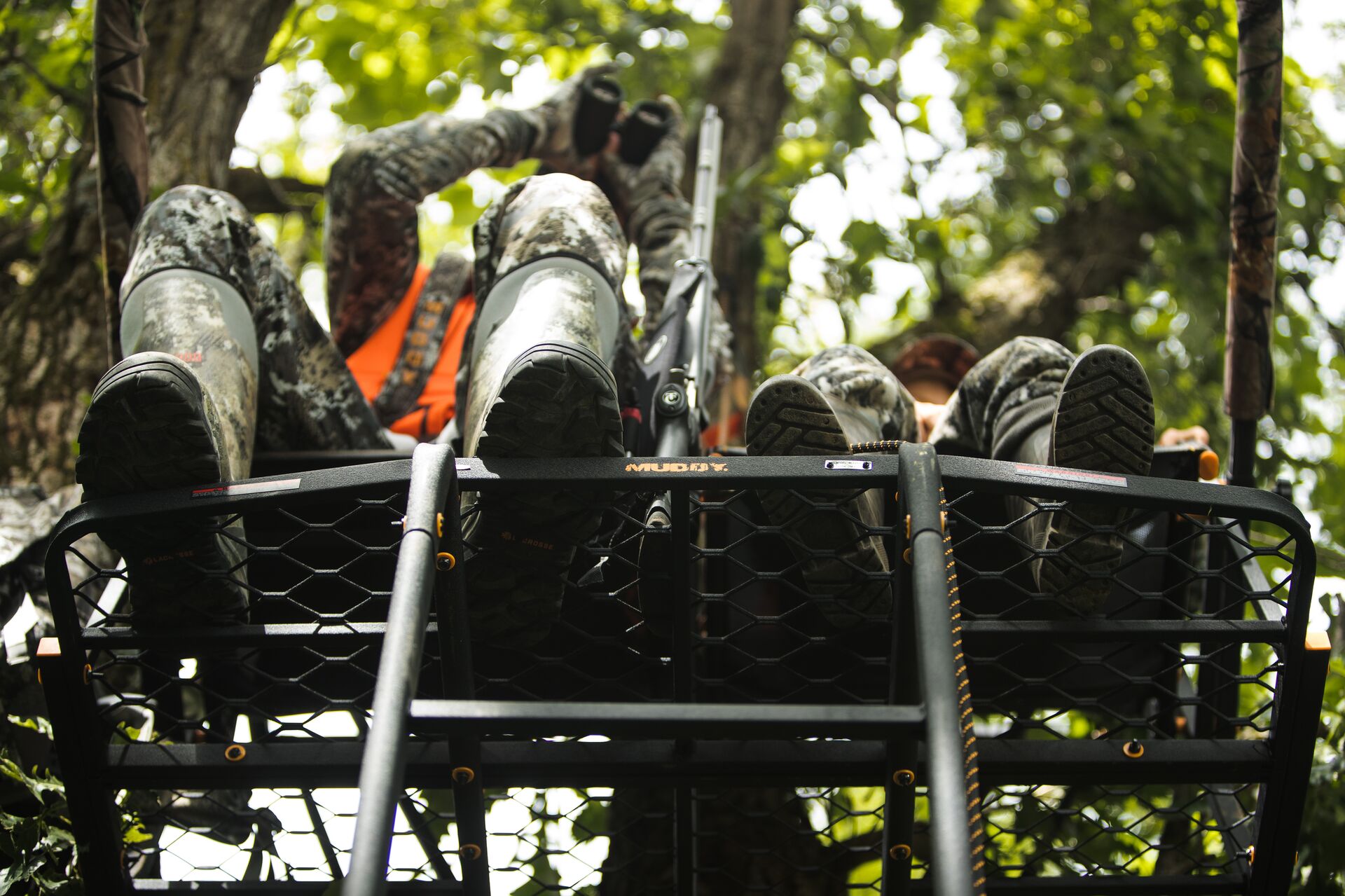
Proper Installation and Setup for Elevated Hunting
Selecting the right tree for your stand is crucial. Use a mature, straight, live tree with rough bark and no visible rot or dead branches. Avoid trees with smooth bark if possible, as your stand may slip when you shift your weight.
Always follow the tree stand's manufacturer's guidelines for suggested usage and setup instructions.
For hang-on and climbing stands, use the recommended straps to secure the platform to the tree. If you're using a ladder stand, have your hunting partner hold the ladder, and use a ratchet strap to keep the top of the ladder secured to the tree.
Once your stand is set up, return to the ground and see if you can shake the tree enough to move your stand. You want to make sure your stand is secure and stable.
Using a Safety Harness
A full-body harness (or fall arrest system) is a piece of non-negotiable safety gear when using a tree stand. The safety harness will prevent you from severe injury or death if you fall, so always wear it and ensure it's securely attached to the tree when you leave the ground.
Once you put on the harness, adjust the belt to be comfortably snug around your waist. Then, tighten the leg straps so they fit securely with no slack. Finally, tighten the shoulder and chest straps. Check that the harness is secure and gives you the desired range of motion before climbing to the stand.
After setting your harness, attach the harness tether to the safety line using a locking carabiner before starting your climb.
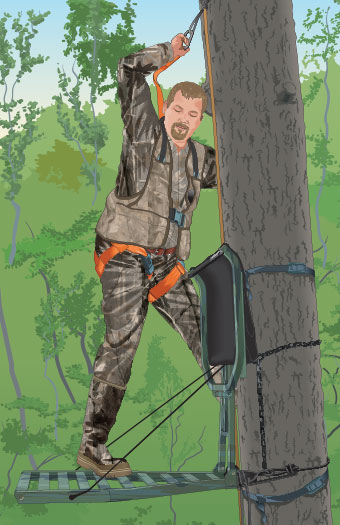
The Three-Point Contact Rule
Many falls occur when climbing in or out of tree stands.
This is where the "three-point contact" rule comes into play. Always keep three points of contact with the tree or the stand, even when using a safety harness. This could be two hands and one foot or two feet and one hand.
This simple three-point contact rule can minimize slips and falls, providing a better chance of catching yourself if you lose your grip.
Climbing Safety
Always prioritize safety when climbing in and out of the stand. That means properly using a harness and maintaining at least three contact points.
If you're using a climbing stand, move slowly and deliberately up and down the tree. Test each step before trusting it to hold your total weight.
Also, never carry your weapon, backpack, or other equipment in your hand while climbing. Instead, use a haul line to raise and lower your gear once you are in the stand.
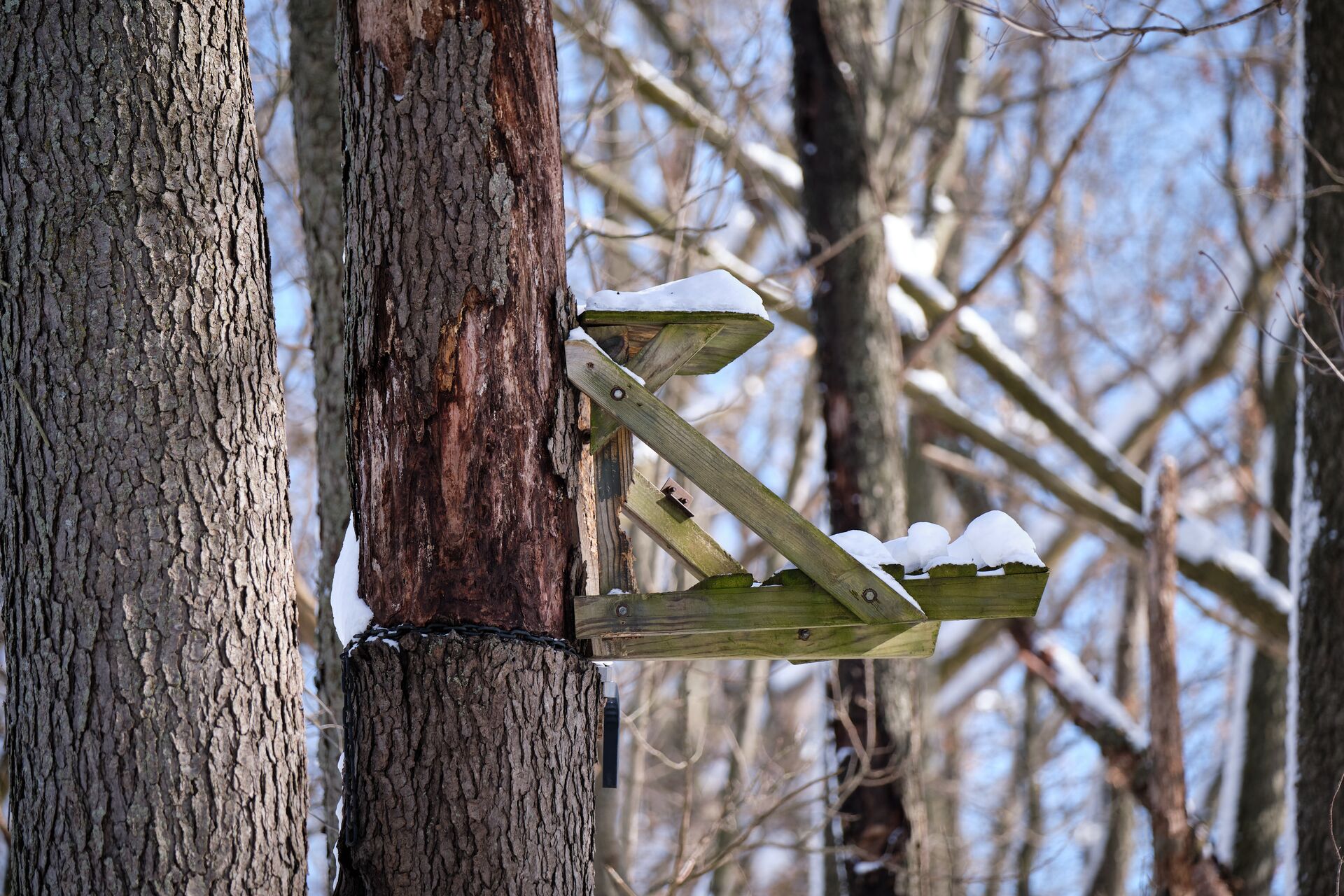
Weather Considerations
Weather is always a factor in tree stand safety.
Wet or icy conditions can dramatically increase the risk of slips and falls. Pay extra attention during early morning hunts, when dew or frost can make surfaces slippery.
Always check the weather forecast the night before and the morning of your hunt. If the weather is inclement, be ready to postpone your hunt.
If you need to wear extra layers of clothing or rain gear, make sure to adjust your harness and always wear over your outermost layer of clothing.
Emergency Preparedness
Hunting safety is about hoping for the best and preparing for the worst. Always share your location and estimated return time with a trusted friend or family member. Make sure you carry a fully charged cell phone and external battery source.
Keep a first aid kit within arm's reach during the hunt, and consider adding a signaling device like a personal locator beacon, whistle, or brightly colored fold-up signal flag.
You should also be familiar with and practice self-rescue techniques in case of a fall. Most harnesses have a strap that lets you right yourself so you can grab back onto the tree or ladder.
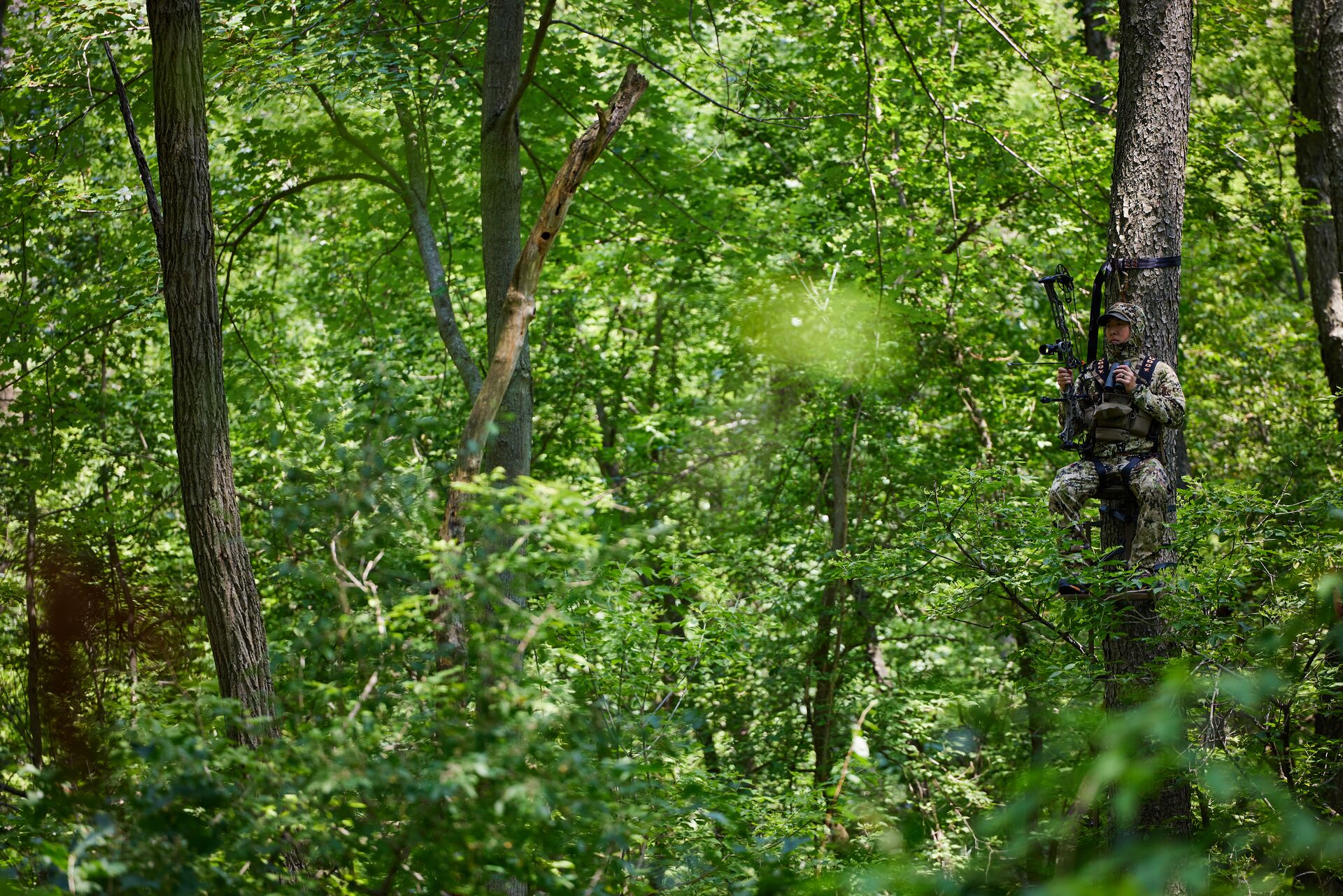
Maintain Awareness and Avoid Fatigue
Always stay alert to your surroundings and position when in a tree stand.
Excess physical and mental fatigue during extended periods increases the risk of falls. Take frequent breaks and stay hydrated. For longer hunts, make sure you have a comfortable insulated seat cushion.
If you start to feel drowsy, make the smart call and end your hunt early instead of risking falling asleep in the stand.
Post-Hunt Safety Tips
Safety doesn't fade into the background when your hunt ends.
Stay tethered to the tree and lower your gear to the ground using a haul line. Remain tethered as you climb down, and always use three contact points while descending.
Once you are home, inspect your hunting equipment and tree stand closely for signs of wear. Look for frayed straps, loose hardware, or signs of metal fatigue. After the inspection, clean and dry your stand components before storing them in a cool, dry place to prevent rust.
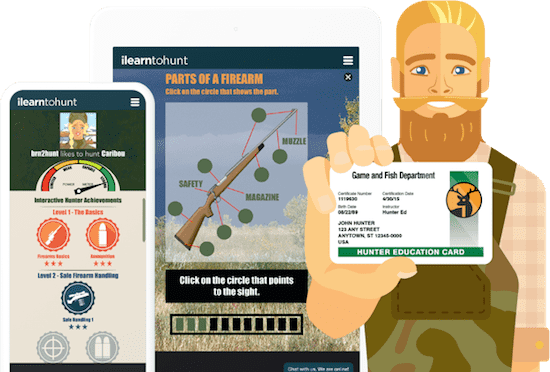
Learn More About Safe Hunting Practices with ilearntohunt
While this guide provides critical aspects for safely using a tree stand on a hunt, it's no substitute for comprehensive hunter education. Plus, most states require hunters to pass a hunter education course before getting a license and heading into the field.
We recommend taking a state-certified hunter safety course through ilearntohunt that covers a wide range of topics beyond tree stand safety, including firearms handling, hunting ethics, outdoor skills, and wildlife conservation.
Our gamified online courses can be completed at your own pace, ensuring you have a solid hunting foundation before heading into the field. Plus, it's a fun experience to learn hunting basics and safety essentials you'll use for every hunt.
So, before setting up your tree stand and planning your hunt, choose the course for your state and start learning!

